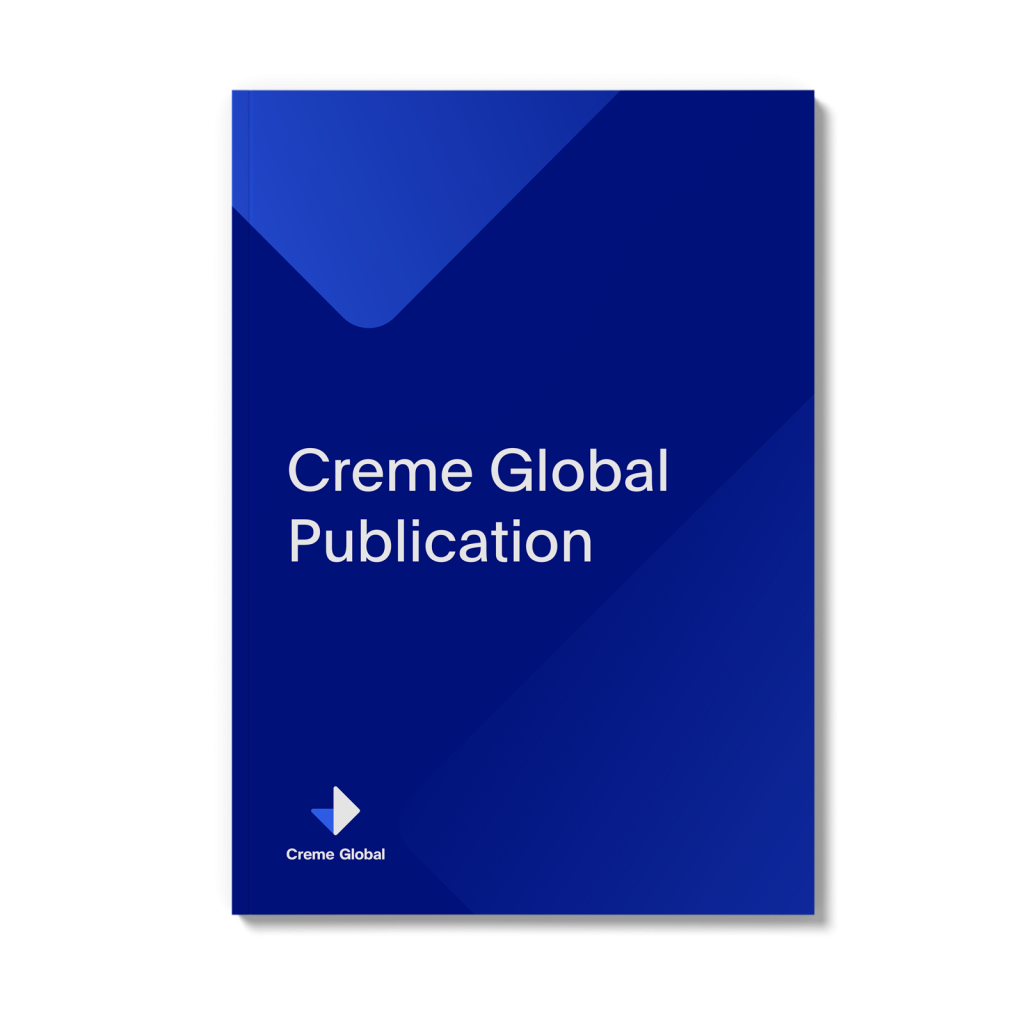Estimates of dietary exposure to bisphenol A (BPA) from light metal packaging using food consumption and packaging usage data: a refined deterministic approach and a fully probabilistic (FACET) approach.
The FACET tool is a probabilistic model to estimate exposure to chemicals in foodstuffs, originating from flavours, additives and food contact materials. This paper demonstrates the use of the FACET tool to estimate exposure to BPA (bisphenol A) from light metal packaging. For exposure to migrants from food packaging, FACET uses industry-supplied data on the occurrence of substances in the packaging, their concentrations and construction of the packaging, which were combined with data from a market research organisation and food consumption data supplied by national database managers. To illustrate the principles, UK packaging data were used together with consumption data from the UK National Diet and Nutrition Survey (NDNS) dietary survey for 19-64 year olds for a refined deterministic verification. The UK data were chosen mainly because the consumption surveys are detailed, data for UK packaging at a detailed level were available and, arguably, the UK population is composed of high consumers of packaged foodstuffs. Exposures were run for each food category that could give rise to BPA from light metal packaging. Consumer loyalty to a particular type of packaging, commonly referred to as packaging loyalty, was set. The BPA extraction levels used for the 15 types of coating chemistries that could release BPA were in the range of 0.00005-0.012 mg dm(-2). The estimates of exposure to BPA using FACET for the total diet were 0.0098 (mean) and 0.0466 (97.5th percentile) mg/person/day, corresponding to 0.00013 (mean) and 0.00059 (97.5th percentile) mg kg(-1) body weight day(-1) for consumers of foods packed in light metal packaging. This is well below the current EFSA (and other recognised bodies) TDI of 0.05 mg kg(-1) body weight day(-1). These probabilistic estimates were compared with estimates using a refined deterministic approach drawing on the same input data. The results from FACET for the mean, 95th and 97.5th percentile exposures to BPA lay between the lowest and the highest estimates from the refined deterministic calculations. Since this should be the case, for a fully probabilistic compared with a deterministic approach, it is concluded that the FACET tool has been verified in this example. A recent EFSA draft opinion on exposure to BPA from different sources showed that canned foods were a major contributor and compared results from various models, including those from FACET. The results from FACET were overall conservative.

Download the case study >>>